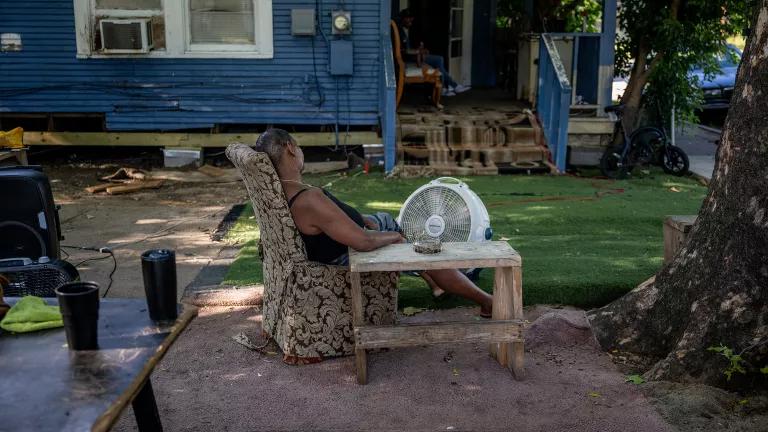When Industry, Consumers, and Environmental Advocates Agree: Consensus Appliance Efficiency Bill Reintroduced in the 112th Congress
It is not every day that consumer advocates, environmental advocates and appliance manufacturers agree, but today we were all pleased to see Senators Bingaman and Murkowski introduce the Implementation of National Consensus Appliance Agreements Act of 2011 (INCAAA). INCAAA implements several agreements that have been negotiated over the last couple years between energy efficiency and consumer advocates (NRDC, ACEEE, ASE, and others) and industry (including AHRI, NEMA, AHAM, along with other trade associations, plus many of the member companies they represent) on efficiency standards for a variety of appliances and equipment. This bill is an updated version of another bill (S. 3925) introduced in the last Congress that came within a hair of passing (it fell one vote short of unanimous consent in the Senate in the final days of the Lame Duck session).
INCAAA would save consumers billions of dollars on their energy bills, while providing manufacturers the certainty they need to invest. It is really a win-win-win. The agreements in INCAAA include new energy efficiency standards for:
- Residential heating and cooling equipment, including air conditioners, furnaces, and heat pumps;
- Home appliances such as refrigerators and freezers, room air conditioners, and clothes dryers ; and
- Commercial hot food holding cabinets, bottle-type water dispensers and portable electric spas (aka hot tubs).
By 2030, these standards would save annually: nearly 850 trillion BTU and 47 million metric tons of CO2. This is enough energy to meet the needs of 4.6 million typical American households. INCAAA would also save enough water to meet the current needs of every customer in Los Angeles for 25 years.The net present value of consumer savings through 2030 is $43 billion. INCAAA would also provide consistency and stability to manufacturers for all of the products listed above, allowing for long term investment and innovation.
INCAAA would add to the great success of the appliance standards program to date. In 2010, existing federal appliance standards saved approximately 273 TWh of electricity (a 7% reduction in projected consumption). In 2030, existing standards will save approximately 563 TWh (12% of projected consumption) in 2030. By 2030, they will have saved consumers a net of $300 billion cumulatively or about $2800 per household. Existing appliance standards have also created at least 340,000 jobs, which is equivalent to about 0.2 percent of the US economy.
Congress should add to these existing successes by passing INCAAA as soon as possible.



